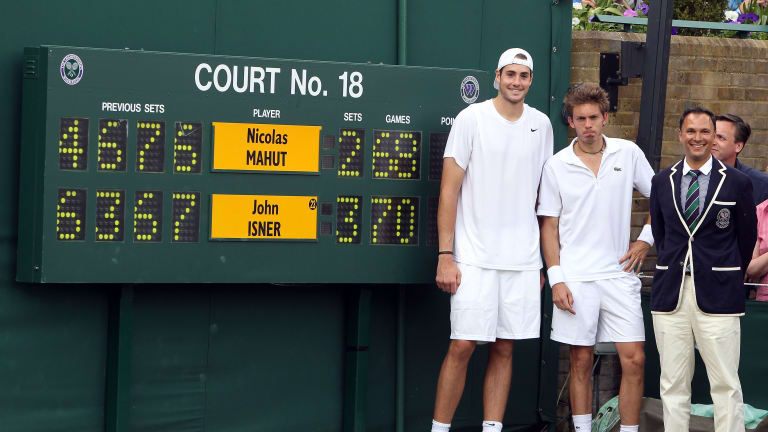Indian Wells, USA
Yay or nay to new universal Grand Slam final-set rule? Nadal, Fritz and others address major change
By Mar 17, 2022Indian Wells, USA
Mackenzie McDonald is paying the college tennis experience forward with a new fund
By Mar 17, 2025Indian Wells, USA
Mirra Andreeva and Jack Draper win breakthrough titles at Indian Wells: What did we just witness?
By Mar 17, 2025Indian Wells, USA
Jack Draper's run through Indian Wells concludes with his first ATP Masters 1000 title
By Mar 16, 2025Indian Wells, USA
Holger Rune vs. Jack Draper: Where to Watch, Indian Wells Preview, Betting Odds
By Mar 16, 2025Indian Wells, USA
Holger Rune reaches first Indian Wells final over Daniil Medvedev
By Mar 15, 2025Indian Wells, USA
Mirra Andreeva vs. Aryna Sabalenka: Where to Watch, Indian Wells Preview, Betting Odds
By Mar 15, 2025Indian Wells, USA
Mirra Andreeva, 17, advances to Indian Wells final, beating Iga Swiatek in chilly conditions
By Mar 15, 2025Indian Wells, USA
Ruthless Aryna Sabalenka storms past Madison Keys, 6-0, 6-1, in semifinals of Indian Wells
By Mar 15, 2025Indian Wells, USA
Carlos Alcaraz vs. Jack Draper: Where to Watch, Indian Wells Preview, Betting Odds
By Mar 15, 2025Yay or nay to new universal Grand Slam final-set rule? Nadal, Fritz and others address major change
Earlier today, the ITF announced that all decisive sets at the majors would be concluded with a 10-point tiebreaker. This represents a shift, as previously, each event had its own distinct approach to the conclusion of matches.
Published Mar 17, 2022
Advertising
Advertising

Never forget...
© 2010 Getty Images
Advertising
Advertising

In back-to-back days at Indian Wells, Fritz clinched via a deciding tiebreaker.
© Getty Images